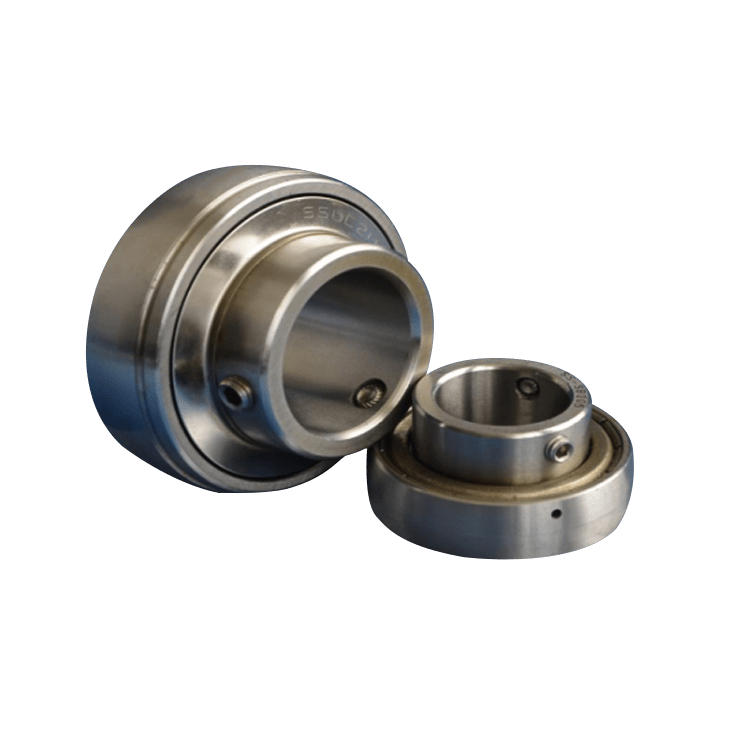Welcome to Tarso, professional special bearing manufacturer
In simple terms, a bearing is a small element that rest […]
In simple terms, a bearing is a small element that restricts the degree of freedom of a part and provides the desired direction for a given component. Among the most common applications of bearings is the drawer on a computer table. In this way, bearings reduce friction and force work necessary to remove a part. But there are various different types of bearings. Read on to discover more.
Spherical bearings: Spherical bearings are essentially two rings - an inner ring and an outer ring. These are similar to ball bearings, but they do not contain rolling elements between them. Fluid bearings rely on liquids or pressurized gas to reduce friction. This type of bearing is used in places where metallic bearings are insufficient because of their short lifespan and high noise.
Roller bearings: These are the most common types of roller bearings. They are durable and do not require frequent maintenance. Their low friction coefficient and large radial load capacity make them an ideal choice for medium to high-speed applications. They are also able to handle high speeds and are suitable for very high-speed working occasions. Their limit speed is equal to that of deep-groove ball bearings.
Cage ball bearings: These bearings are characterized by washer-type raceways on both sides of the ball. These types of bearings are used in rotating parts of a system. They can withstand small axial loads but are generally designed for radial and axial loads. They also contain felt seals. Cage ball bearings have large inner raceways to prevent the seal edge from extending beyond the inner raceway. Roller bearings: These types are most commonly used in wheel-type applications. The conical roller design makes them capable of a high axial/radial load.
Plain bearing: Another basic type of bearing, a plain bearing uses a flat surface and lubricant. It is also known as a sliding bearing. It does not contain rolling elements and is the simplest type. The shaft rotates in a hole in the bearing, providing sliding friction rather than rolling friction. However, the price of plain bearings is relatively high. If you're planning on buying a bearing, make sure you read up on its properties.
Ball bearings: Although the simplest of all bearings, they use the simplest design. The outer race is stationary, while the inner race rotates, which transfers the load. This type of bearing uses balls arranged in identical rows. Unlike ball bearings, needle rollers can be incorporated into tight spaces, where space is at a premium. Despite their small size, they're still very effective and can help you achieve your goals in a pinch.
Fluid bearings: The most common type of bearing, fluid bearings are designed to transfer load off of a moving part and reduce friction. They don't use rolling elements or balls but instead contain a liquid between the two. This liquid provides a thin layer to which the moving part is exposed, allowing it to bear the load. Most fluid bearings contain either oil or water, which are both effective at reducing friction.
